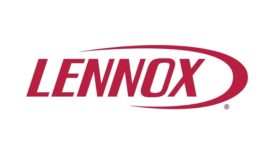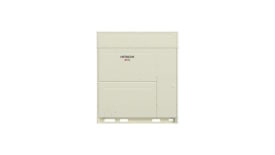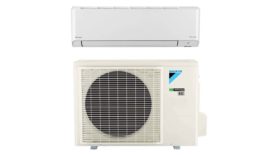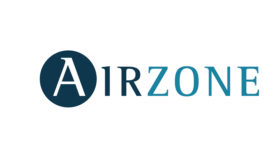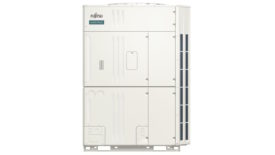Home » Keywords: » VRF (Variable Refrigerant Flow)
Items Tagged with 'VRF (Variable Refrigerant Flow)'
ARTICLES
EPA Proposes Rule to Mitigate Worries About Unsold VRF Inventory
An HVAC Minute Video Update: July 1, 2024
Read More
Air Balancing Labs to Provide Training for Union Workers
Pharmaceutical, VRF labs opened at Albuquerque’s SMART Local 49 in April
Read More
AHR Expo 2024
Ductless HVAC Takes On R-32
Ductless/VRF companies say their equipment will be ready for refrigerant transition
Read More
Project Files: Episode 68 — All-Electric, Passive-House-Certified Hotel
VRF, Heat2O units, and solar panels make this historic-building-turned-hotel highly efficient
Read More
Maximizing the HVAC Ductless Systems Market
These options and add-ons for residential systems offer extras for homeowners
Read More
Copyright ©2024. All Rights Reserved BNP Media.
Design, CMS, Hosting & Web Development :: ePublishing




